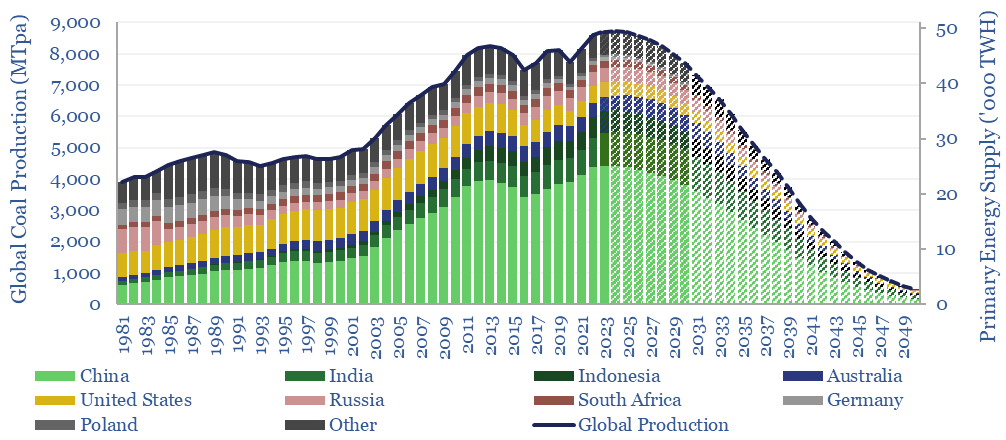
…mining leaks more methane than gas itself. And Rankine steam cycles fueled by coal have efficiency drawbacks (note here) and also relatively low flexibility (data here). Hence our Roadmap to…
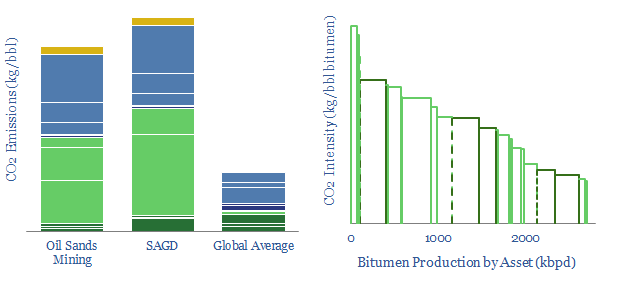
…methane leaks, flaring, et al; based on real-world data. A CO2 curve can also be derived from the data, ranking c2.5Mbpd of production across Alberta, in order to compare different…
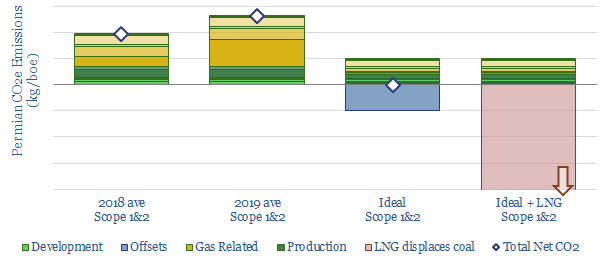
…opportunity to reduce Permian CO2 intensity. Pages 16-18 summarise advances in methane mitigation technologies and their impacts. Pages 19-23 outline and quantify the best opportunities to lower CO2 from digital…
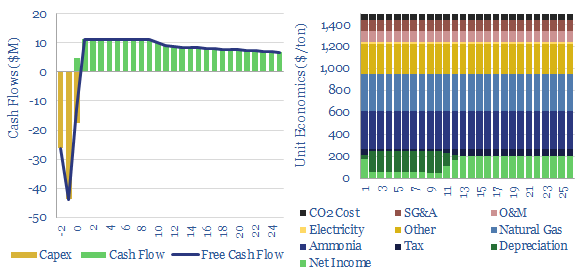
…the Andrussow Processes, at 1,126ºC and 14.7 psi, converting methane, ammonia and air into hydrogen cyanide, carbon monoxide and carbon dioxide. Hydrogen cyanide can then be further processed into sodium…
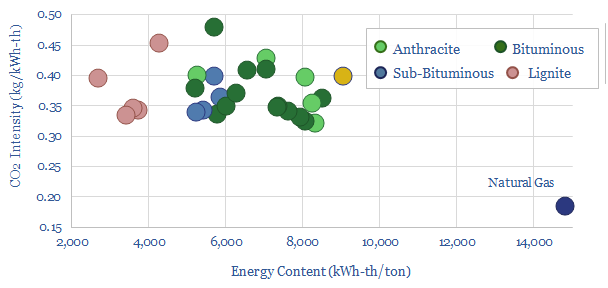
…the volatile components include hydrocarbons, including methane, which in turn contain carbon). Again these properties vary widely, from anthracites with >5% moisture to lignites and peats with over 50%. The…
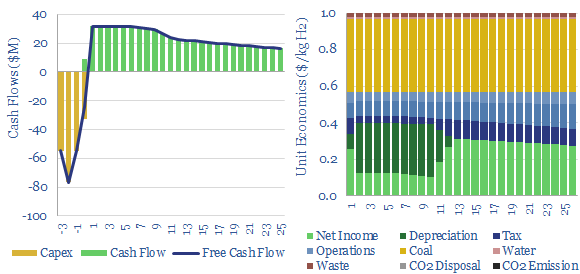
…from steam methane reforming of natural gas (grey hydrogen). Please see our overview of hydrogen technologies. As part of the energy transition, preserving a future for clean coal, it is…
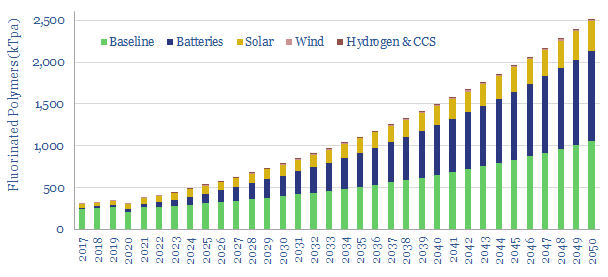
…is used everywhere! The complicated part is converting methane, chlorine gas and hydrofluoric acid into useful fluorinated polymers. This is one of the most complex value chains we have evaluated…
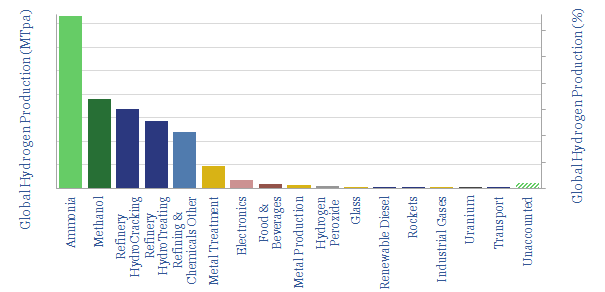
…successful adoption across some of the hydrogen-using industries shown above. Covered technologies used to generate today’s hydrogen include steam methane reforming, coal gasification (with an eye watering 25 tons of…
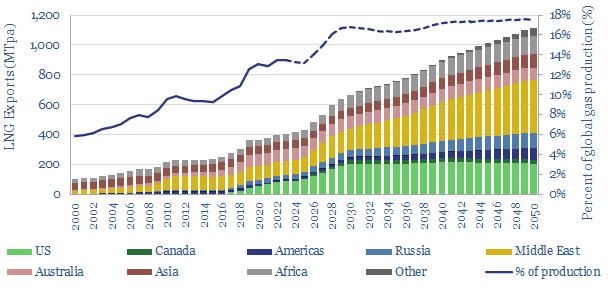
…opportunities in LNG in transport, smaller-scale LNG, LNG-fueled trucks, LNG-fueled ships, eliminating methane slip, LNG fuelling stations, small fixed LNG plants, floating LNG plants. There are some interesting concepts, especially…









